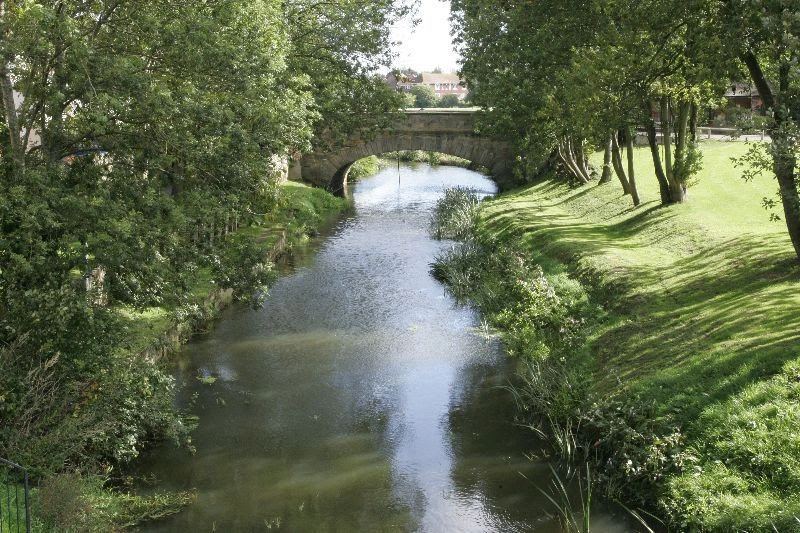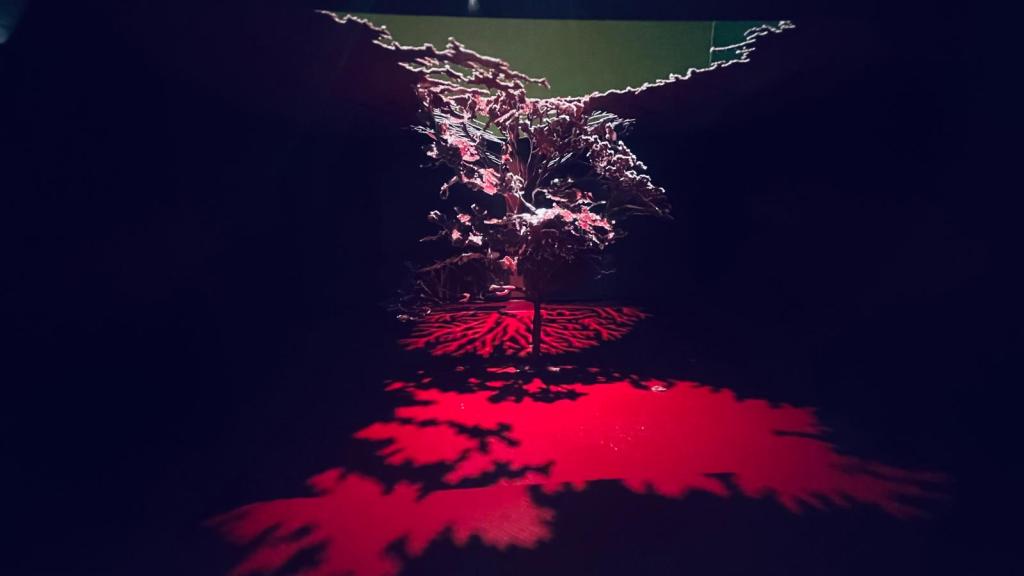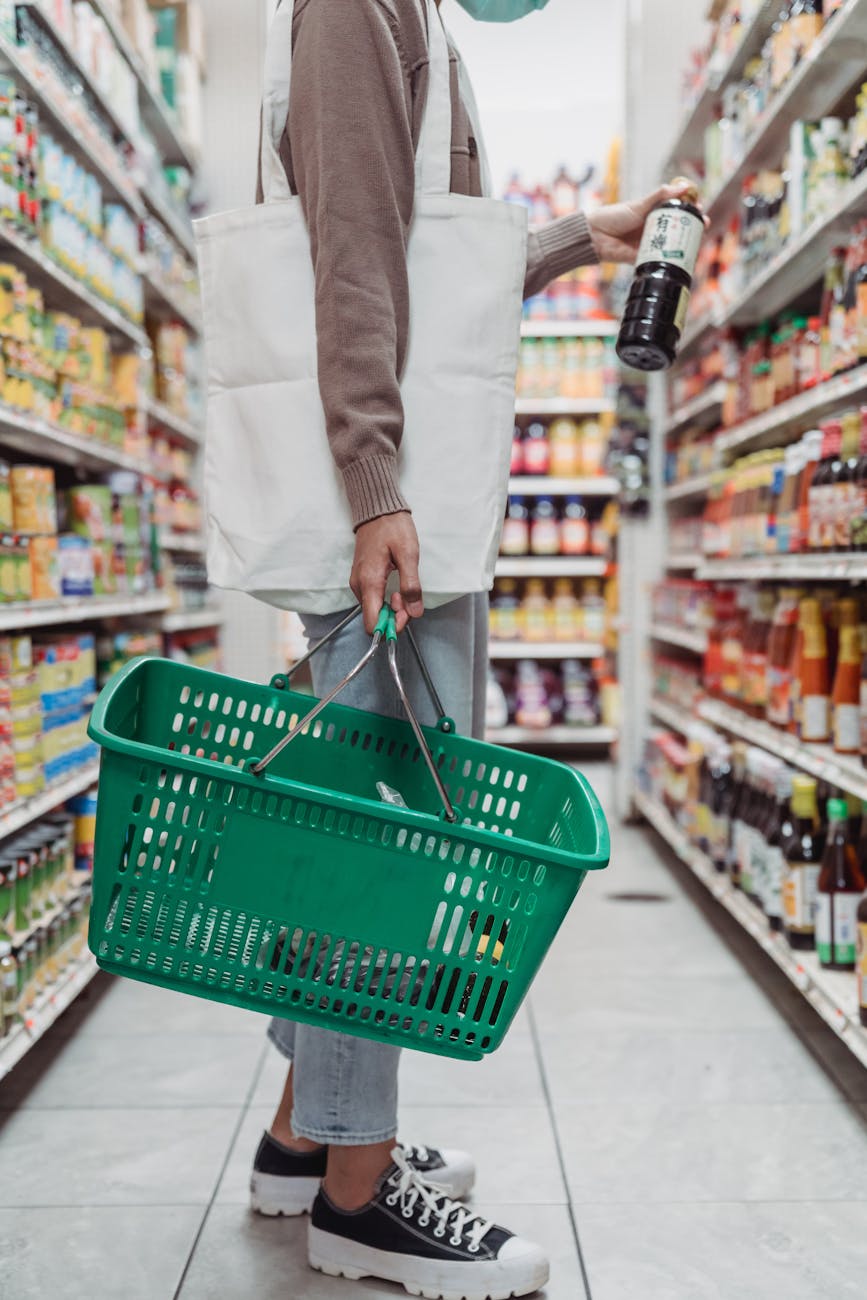Water-saving techniques are essential for conserving natural resources and reducing utility bills.
Wasting less water is crucial not only during times of drought but also in general, as this precious resource should not be taken for granted.
After the drought that occurred in Summer 2022, water supplies in the UK are now at an all-time low. It is essential to be mindful of our water usage to ensure there is enough for everyone.
Have a look at the actionable tips below that can help you save water and promote sustainability within your household.
How can you help save more water at home?
We can collectively make a significant difference by adopting simple yet effective water-saving practices.
Install Water-Efficient Fixtures
To support your water conservation efforts, many water suppliers in the UK offer FREE water-saving items.
- Contact your water supplier for more information, they can supply you with low-flow showerheads, taps aerators, and bag-type water savers which you can put in your toilet cistern, to help you use less water every time you flush the toilet.
These fixtures use less water while maintaining optimal performance.
Here are some examples of water-saving alternatives.
Cistern Displacement Device (CDD)
- A Cistern Displacement Device (CDD) can be placed in the cistern to displace around 1 litre of water every time you flush and can achieve up to 5000 litres of water savings per year.
They are available for FREE from most water companies.
Four Minute Shower
- Get a four-minute shower timer to remind yourself to limit your time.
The cost of hot water has risen considerably lately and research suggests that cutting just one minute off the average shower duration could result in significant cost savings on energy and water bills.
Short showers with efficient showerheads generally use less water than taking a bath (which uses around 100 litres of water), making them a more water-efficient option.


Embrace mindful water usage
- Remember to turn off the tap while brushing your teeth, washing your face, or your hands. You can save up to six litres every minute.
- Avoid letting water run needlessly and encourage family members to do the same.
- Water plants early in the morning or late in the evening when temperatures are cooler to reduce evaporation. Use a watering can or a drip irrigation system instead of a hose.
- Apply mulch to garden beds to retain moisture and reduce the need for frequent watering.
- If you have a swimming pool, use a pool cover to reduce evaporation and the need to refill with water.
- Use a broom instead of hosing down driveways, sidewalks, or patios.


Efficient Laundry Practices
- When doing laundry, aim for full loads to maximize water efficiency.
Select the appropriate load size setting on your washing machine and use cold water, (30 degrees), whenever possible. Consider upgrading to a water-efficient washing machine if possible.
Dishwashing Efficiency
- When washing dishes by hand, fill one sink with soapy water and the other with rinse water, rather than letting the tap run continuously.
- If using a dishwasher, ensure it is fully loaded before running a cycle.
Capture and Reuse Graywater
Graywater refers to wastewater generated from activities such as showering, handwashing, or laundry.
- Install a greywater system to collect and treat this water for reuse in toilet flushing or irrigation, following local regulations.
- While waiting for the shower or tap water to heat up, collect the cold water in a container and use it for other purposes like watering plants.


It is important to note that even minor adjustments in our daily habits, like shorter shower times, can lead to significant long-term savings and have a positive impact on the environment by conserving water and reducing energy consumption.
Sources
seswater.co.uk
Images
seswater, ED.






You must be logged in to post a comment.